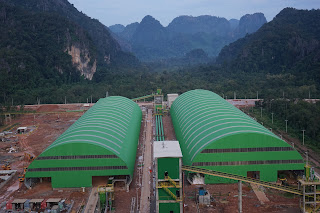Structural Health Monitoring (SHM) for Space Structures: Ensuring Safety, Reliability & Longevity

Structural Health Monitoring (SHM) combines sensor technologies, data analytics, and regular inspection to monitor a structure over time—especially critical for iconic space structures in transit terminals, stadiums, and large public buildings. Why SHM Matters for Space Structure Projects Early-warning detection : SHM alerts you to abnormal changes in tilt, vibration, or strain before visible damage occurs . Lower life‑cycle costs : Predictive maintenance reduces long-term expenses and prevents emergency repairs . Enhanced safety : Especially valuable after earthquakes, storms, or dynamic loading conditions—quickly assess integrity without disassembly . Types of SHM Systems & Sensors for Space Structures Accelerometers & Strain Gauges Monitor vibration frequencies and strain changes to detect damage early . Fiber-Optic & FBG Sensors Embedded in nodes or composite components, they support continuous, real-time strain monitoring wi...












.jpg)